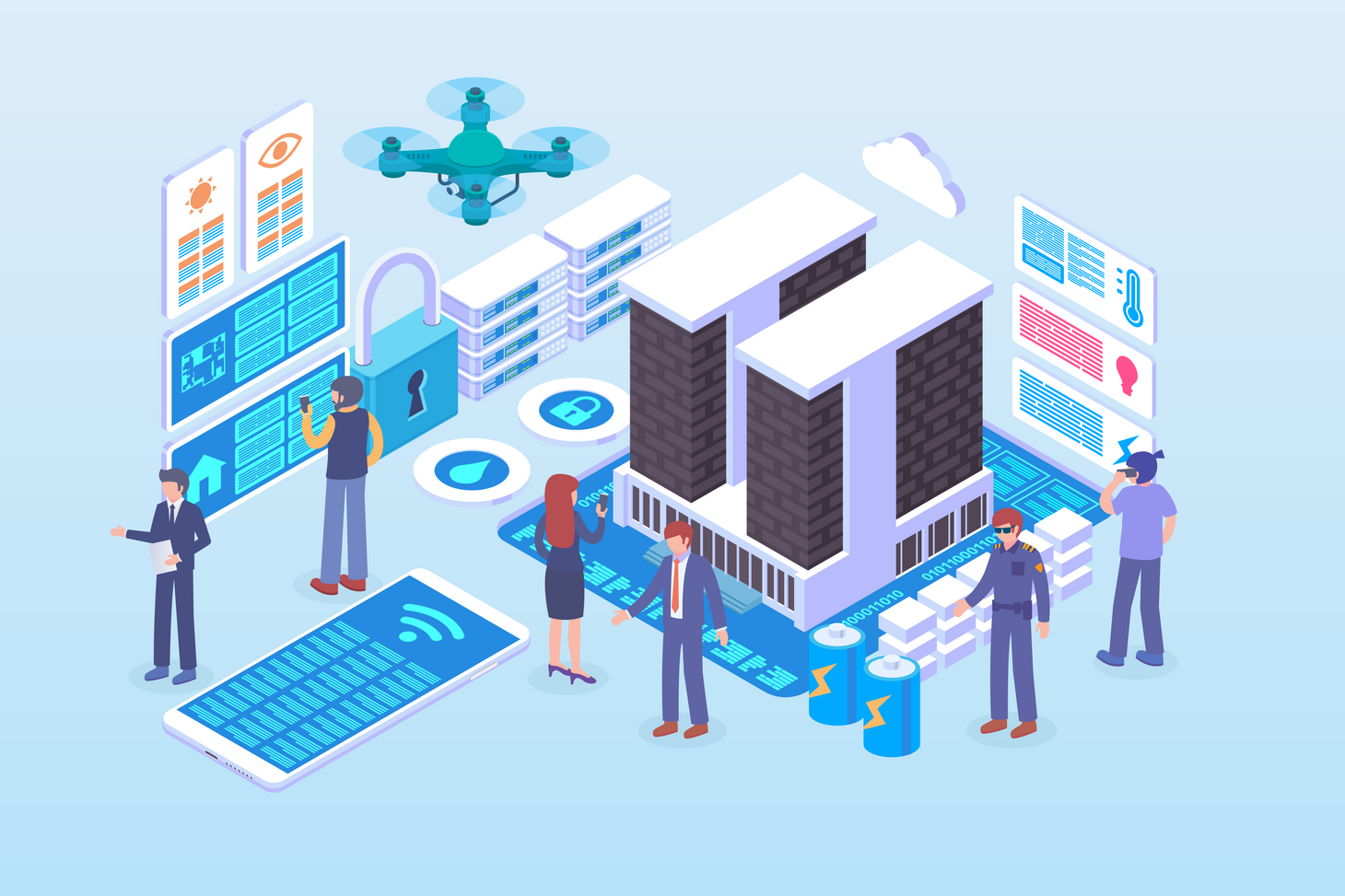The Internet of Things: A Strategic Overview for IT Leaders

The Internet of Things (IoT) is one of the hottest trends in technology. While certainly hyped, there’s little doubt that this technology paradigm has transformative potential for a huge range of industries. That said, the basic concept of integrating networked technology tools with ground-level workflows is hardly new. To understand why the IoT approach is becoming so influential, we need to look more carefully at specific value-drivers leading businesses across numerous verticals to adopt IoT-informed technology strategies.
This article works to cut through the hype to deliver a concise guide to some of the biggest factors driving this trillion-dollar plus shift in enterprise technology thinking.
“If policy makers and businesses get it right, linking the physical and digital worlds could generate up to $11.1 trillion a year in economic value by 2025.” – McKinsey Global Institute Report on IoT[1]
Defining IoT
The Internet of Things (IoT) is made up of internet-connected devices that can share data with other systems ranging from enterprise analytics apps to automated assembly lines. This definition may feel broad, and it is: IoT can mean something different to different companies and industries. For a local utility provider, IoT may simply mean placing connected sensors to simplify maintenance and trouble shooting. For an international retailer, IoT may constitute a sweeping strategy integrating everything from in-store kiosks to real-time analytics dashboards to logistics/warehousing systems.
These varied solutions have a huge array of consumer-facing, B2B, and internal-ops applications and have found substantial private- and public sector markets.
In some cases, a connected device simply makes an existing workflow or business model more efficient. In others, a connected device strategy is the basis of a broader operational transformation—or a gateway into a new line of business entirely.
The number of connected “things” in the world has skyrocketed from about a million in the early 1990s to 13 billion today...we expect to see 50 billion connected devices by 2020. – Maciej Kranz, VP, Cisco[2]
Deloitte: Technology Clusters Enabling IoT Strategies[3]
- Sensors: from rocket accelerometers to fetal heartbeat monitors, bringing physical data collection to the network is a key component of a huge range of IoT implementations.
- Networking: some bandwidth and uptime requirements will come with any IoT strategy. These can vary widely depending on the volume of transmitted data (and the degree to which processing can take place through edge computing infrastructure).
- Standards: the proliferation of enterprise grade-standards enables superior integrability of IoT systems and interoperability of aggregated data sets.
- Augmented Intelligence: Some IoT implementations (imagine a network of thousands of sensors deployed throughout a complex assembly line) generate vast quantities of data. AI-assisted analytics can be indispensable in these scenarios.
- Augmented Behavior: Rather than offloading analytics, devices can directly influence human behavior. For instance, an equipment-monitoring tablet can display suggested troubleshooting tasks for an engineer based on dynamic analysis of sensor feedback.
Why is IoT Ascendant Now?
The drivers of this global trend are complex, but we can distill the most vital into three key factors:
The Convergence of IT and OT (Operational Technology) is Creating New Opportunities[4]:
Historically, most businesses maintained a sort of silo between Operational Technology (like manufacturing systems, medical records systems, and field sensor networks) and Information Technology (relegated to managing support systems like communications, database, and higher-level enterprise applications).
- But more and more businesses are realizing they can be more efficient by integrating IT support with ground-level workflows across the organization. Cisco writes more about this trend in a helpful article here. This desire to make IT a more organic part of the organization is a natural accelerant for IoT-driven strategies.
Robust and Cost-Effective Building Blocks:
First, as more and more industries adopt IoT strategies, the underlying technology stack improves in terms of scalability, cost, and integrability with other key systems. More and more IoT hardware and software needs can be filled with “off the shelf” offerings. The same simple remote monitoring device, for instance, can be the core hardware component for solutions ranging from medical device failure-tracking to assembly line performance analytics.
- Second, a proliferation of open standard tools and software dramatically reduces the cost of custom development efforts needed to implement an IoT strategy. Whereas IoT was formally only the domain of large enterprises with expansive technology budgets, it is becoming an increasingly viable option for SMB’s, non-profits, government entities, and other organizations with a need for more budget-conscious technology.
- Maturation of Supporting Infrastructure: n many cases, the supporting technologies needed to support viable IoT implementations are more complex than the connected devices themselves. The concurrent maturation of these technology clusters has provided a vital runway for the growth of IoT. In addition to the factors listed above, more and more organizations’ shift to the cloud ensures that the backbone of infrastructure needed for most IoT deployments is already in place.
Diverse Use Cases, Transformational Value
Given the immense diversity of IoT applications, governing them with all-encompassing strategies isn’t particularly useful. Consider just a handful of real-life IoT solutions:
- Deep vineyard sensor-data on sunshine, temperature, and rainfall, uploaded to the cloud for monitoring and analytics.
- Ending arbitrary garbage-collection routes through sensors that detect full cans/dumpsters.
- An air-gun fired sensor that sticks a GPS locator to a criminal’s getaway vehicle, eliminating dangerous car chases.
- Unprecedentedly granular remote field equipment-monitoring allowing for massive cost-savings for oil and gas operators, with unused equipment turned off remotely.
As with other areas of IT innovation, the real key to harnessing IoT is embracing the reality that navigating this trend is as much, if not more, about practical understanding of specific business problems as it is about deep knowledge of advanced technology tools. Indeed, even if complex device-centric strategies are out of reach, a few connected devices can still unlock useful efficiencies throughout the organization. Discussion of machine learning analytics pipelines shouldn’t obscure the value of simple solutions: like remote locks enabling regional maintenance personnel to access locations without driving back to HQ for the right key.
Subscribe for Free
Want to stay ahead of the curve? Subscribe now to receive the latest updates, actionable insights, and thought-provoking ideas around business, technology, and leadership straight to your inbox.



